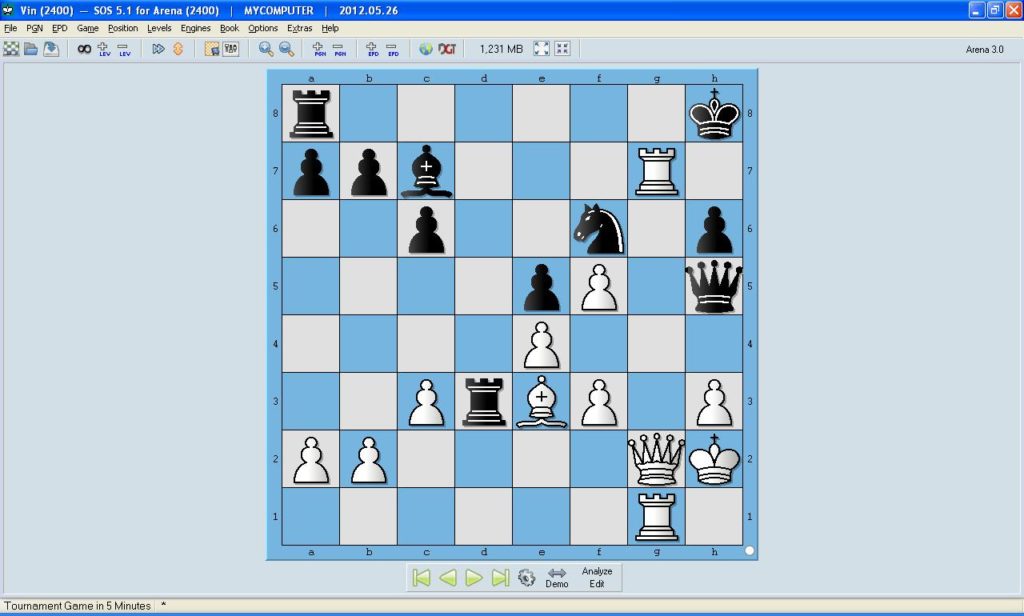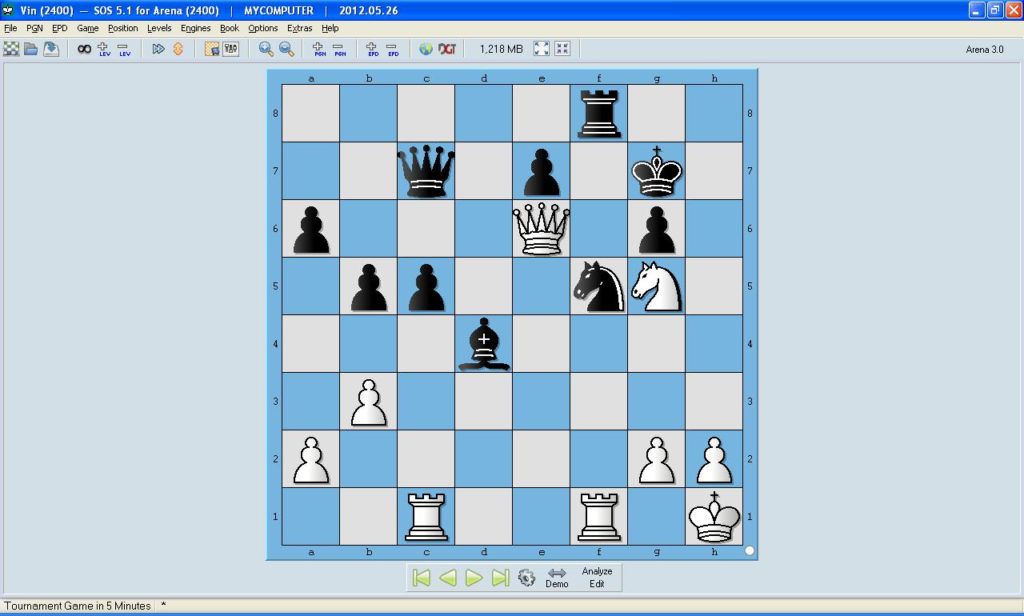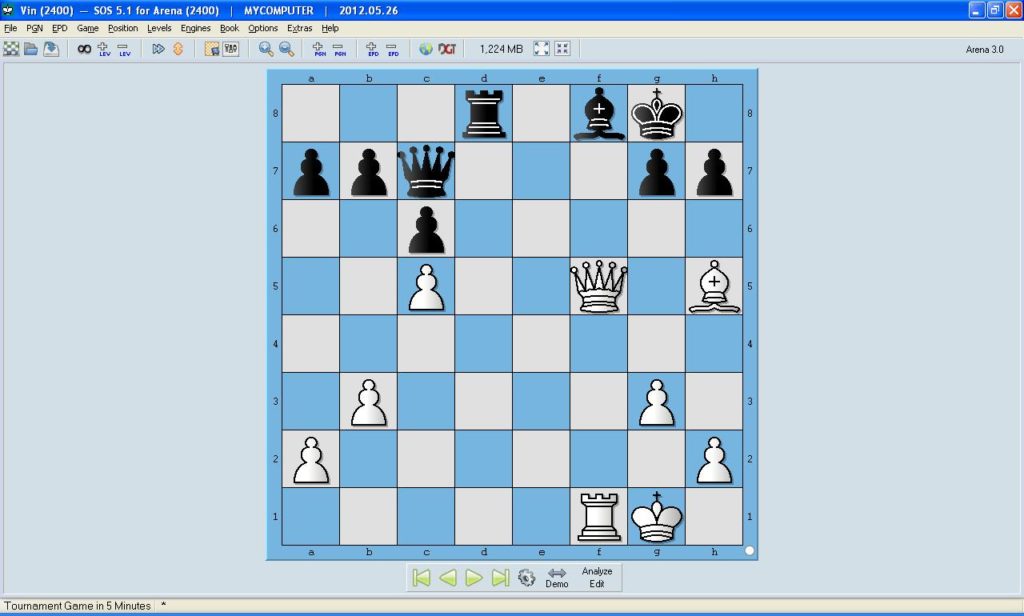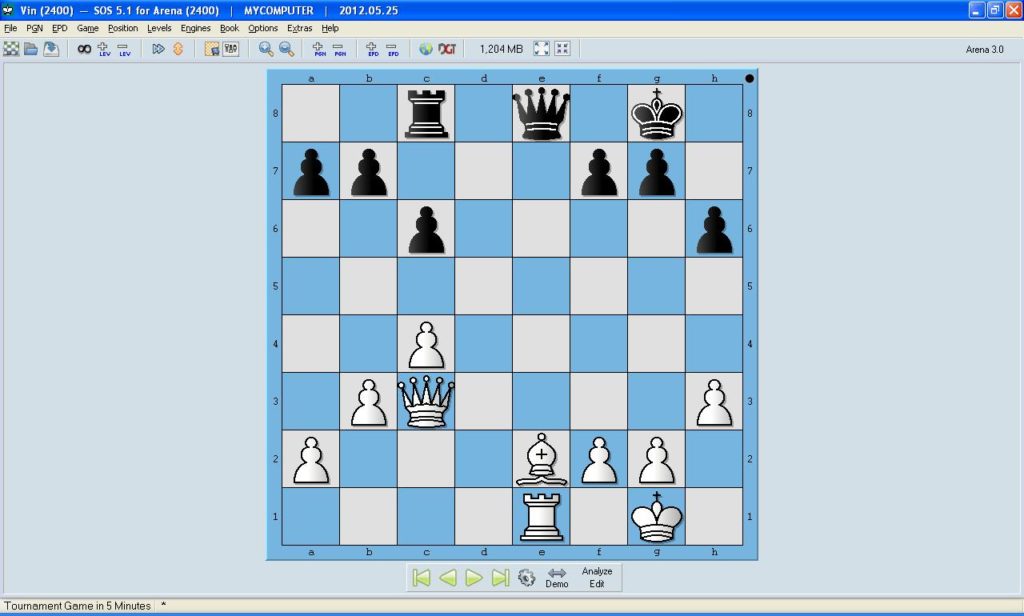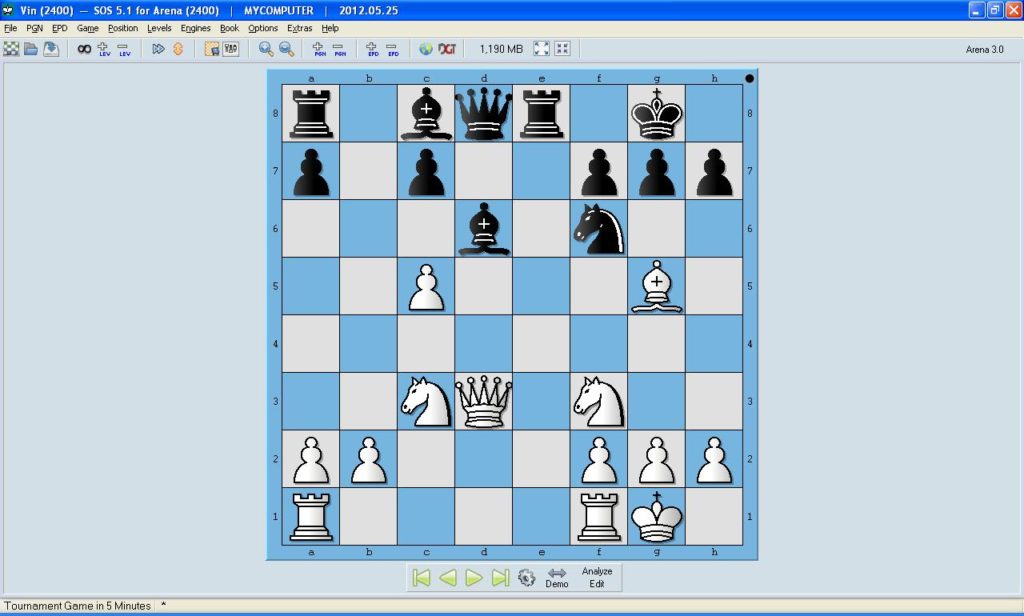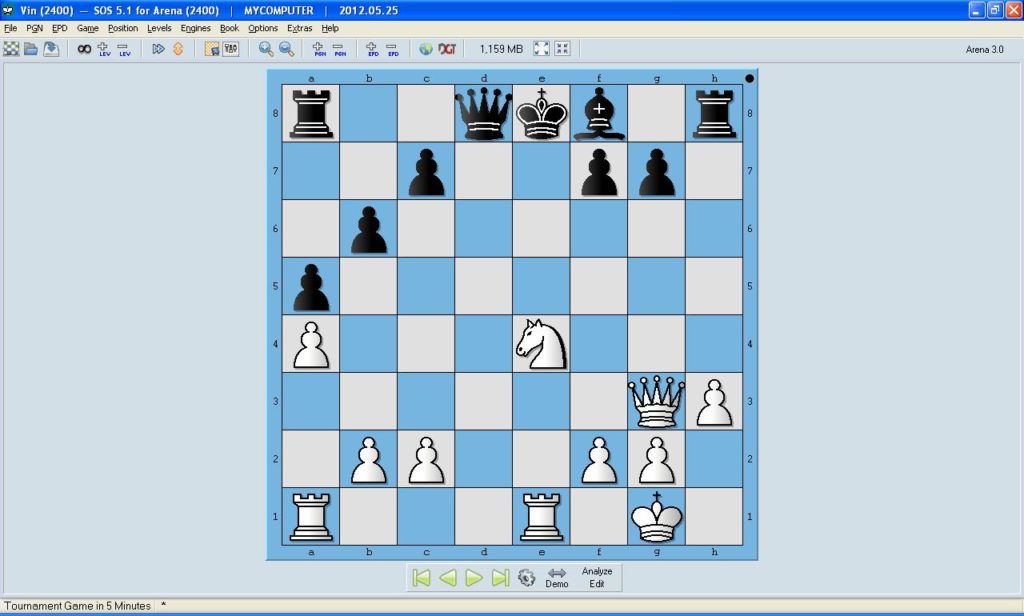With so many choices available on our website, buying a new chess set might seem a little bit daunting, however, it doesn’t need to be. Whether you’re buying a chess set for yourself, or as a gift for someone else, this guide is here to help you narrow down your decision and make buying a chess set that little bit easier.
Consider the size
The first thing that you’ll need to consider is the size of the chess set. Whilst the larger sets are usually grander and have more intricate detail, particularly on the knights, it’s important to figure out whether or not the larger sets can be accommodated in their new home. If you, or the person that you’re buying it for, lives in a small apartment, then a set with a 23-Inch board would probably be a little too big.
From time to time, our customers will purchase a set from us, only to find that the chess board is either much larger or much smaller than they imagined. For this reason, we would strongly recommend using a tape measure and measuring out the size before buying. Another good idea would be to measure out the size using a scrap piece of card and then lay it out where you intend to play; this way you can easily visualise the size of the board in comparison to the rest of the room.
It’s also worth noting that, unlike televisions, the boards are measured across the bottom from end to end. Therefore, a 19 Inch board would be 19 x 19 Inches. The actual playing area (8×8 squares) would be a little smaller due to the border.

What’s the standard size?
There is no “standard size” for a chessboard per se, however, most tournament-sized boards measure between 19 and 21 inches. Having said this, chess organisations such as The World Chess Federation (FIDE) and The United States Chess Federation (USCF) will only specify a range that the square size should be, rather than the size of the board itself.
For example, FIDE rules state that the square size should measure between 5 and 6cm (1.97” to 2.25”) in both length and width. Given this, we know that the absolute minimum size of a chessboard would be 40cm (15.75 inches). However, this would be a board without a border surrounding the playing area. Although organisations like FIDE don’t have any rules requiring a border around the playing squares, most chessboards that are used in official tournaments will have one. Therefore, FIDE-compatible boards will usually be more than 15.75 inches (19 to 21) once you factor in the border.
Of all the tournament-legal chessboards, the one we sell the most is the 19 Inch No.5 Wooden Chess Board with Inlaid Mahogany. With this particular chessboard, the squares measure 2 inches across, meaning that the playing surface is 16 x 16. However, with a border thickness of 1.5 inches, the entire chessboard measures 19 inches.
How to pair the size of the pieces with the size of the board
The King is always the largest piece in a game of chess, for this reason, the King’s height is used as the primary measurement in each chess set. Each set of pieces will include the King’s height in the title.
If you’re looking for a set that is more in line with tournament regulations, then you’ll need to purchase a set with a King Height of 3.75 Inches (9.5 cm).
More often than not, King Height can be used to determine the size of the board that is needed. However, this assumes that the pieces are of a traditional Staunton design and that their size is proportional to their height and form, with the diameter of each piece’s base measuring 40 – 50% of its height.
Having said this, not all pieces are of a traditional Staunton design. Therefore, the base diameter of the King and Pawns are arguably more important when figuring out whether the chess pieces fit well with a board.
According to FIDE rules, the side of a square should be at least twice the diameter of a pawn’s base. So, if you’re looking at a set with pawns that have a 1-inch base diameter, you’ll need to pair them with a chess board that has a square size of at least 2 inches. Other rules state that the base diameter of the king should be no more than 75% of the diameter of the squares on the chessboard. However, not everyone wants a chess set to play in official tournaments. Many of our customers just play for the love of chess – so feel free to use this formula as a rough guideline only.
Buying the pieces only
If you’re buying the pieces by themselves, then you’ll need to read the first part of the guide, which covers the size of the chess board. This is because a chess piece with a 4-inch King height and a 1.8-inch diameter, won’t fit on a smaller board with say, 1.5-inch squares. Therefore, it’s fair to say that the size of the pieces will dictate the size of the board that can be paired with them.
If in doubt, please check the product description for the set of chess pieces that you fancy the look of – here it will say which board sizes they are compatible with.
The Style: Form vs Function
The Staunton chess design is considered to be the standard for chess pieces – this design is recommended for use in competition by FIDE. They are easily the most recognisable chess pieces and they tend to be what people picture when they think of chess.
In addition to the classic Staunton design, we also sell a range of luxury Staunton pieces. These pieces won’t always fit into FIDE’s tournament regulations due to their exaggerated design, but they’re still easily recognisable as honouring the traditional Staunton design.
We also stock chess pieces that are loosely based on the Staunton design. More often than not these will have a more contemporary look to them. For the most part, they include elements that are somewhat recognisable as Staunton, but if you’re not accustomed to using a set like this, picking them apart from the other pieces on the board may take some getting used to.
Moving away from the Staunton design, one of our best-selling sets is the Isle of Lewis chess pieces. These are some of the most recognisable chess pieces in the world – loved by historians and Harry Potter fanatics alike. The King looks like a King, the Queen looks like a Queen, and the Knight depicts a Knight riding on the back of a horse. For the most part, they’re rather easy to play with…
However, the piece that most people struggle with a little at first, is the rook/castle. This is because most people will think of the crenellated turret design that is used in most rook designs. Even most themed sets will have a castle or siege tower design of some sort. However, with the Lewis set the rook is depicted as a Berserker biting a shield. Needless to say, this element of the set does take some getting used to.
The rest of the sets we sell are considered to be “themed pieces”. They come in all shapes and sizes and range from cats to dragons. These will vary widely in design and may take some getting used to if you’re more accustomed to playing using a traditional Staunton set. It’s fair to say that the themed pieces tend to value form over function.
Therefore, if you’re rather new to chess, or you’re buying for someone who is new to chess, we’d recommend sticking to the Staunton design, or at the very least going with a design that is at least loosely based on the traditional design (see third and fourth rook from the left). Similarly, if you’re buying a set for a chess enthusiast who plays in tournaments, you’d also be better off sticking to a traditional Staunton set and pairing them with a 19-21 Inch board.
All of these pieces are rooks, however, some are more easily recognisable than others.
Materials and colouration
Our chess sets are made from a range of materials, from wood and metal, to resin and alabaster. Your material of choice will mostly come down to personal preference. What do you like the look of, what do you like the feel of, and which colours do you like the look of?
You might want to think about the room where the set will live. If you plan on leaving it out as a feature piece, does the colour and style of the set complement the rest of the room? If you have a more contemporary home with lots of marble, for instance, then you might want to consider an alabaster chess set. If your room has lots of wood and warmer tones, then a wooden chess set may suit the room better.
If you’d like to know more about the different ranges of wood that we sell, please consider reading our guide to woods.

